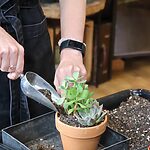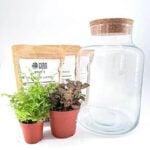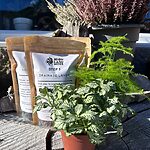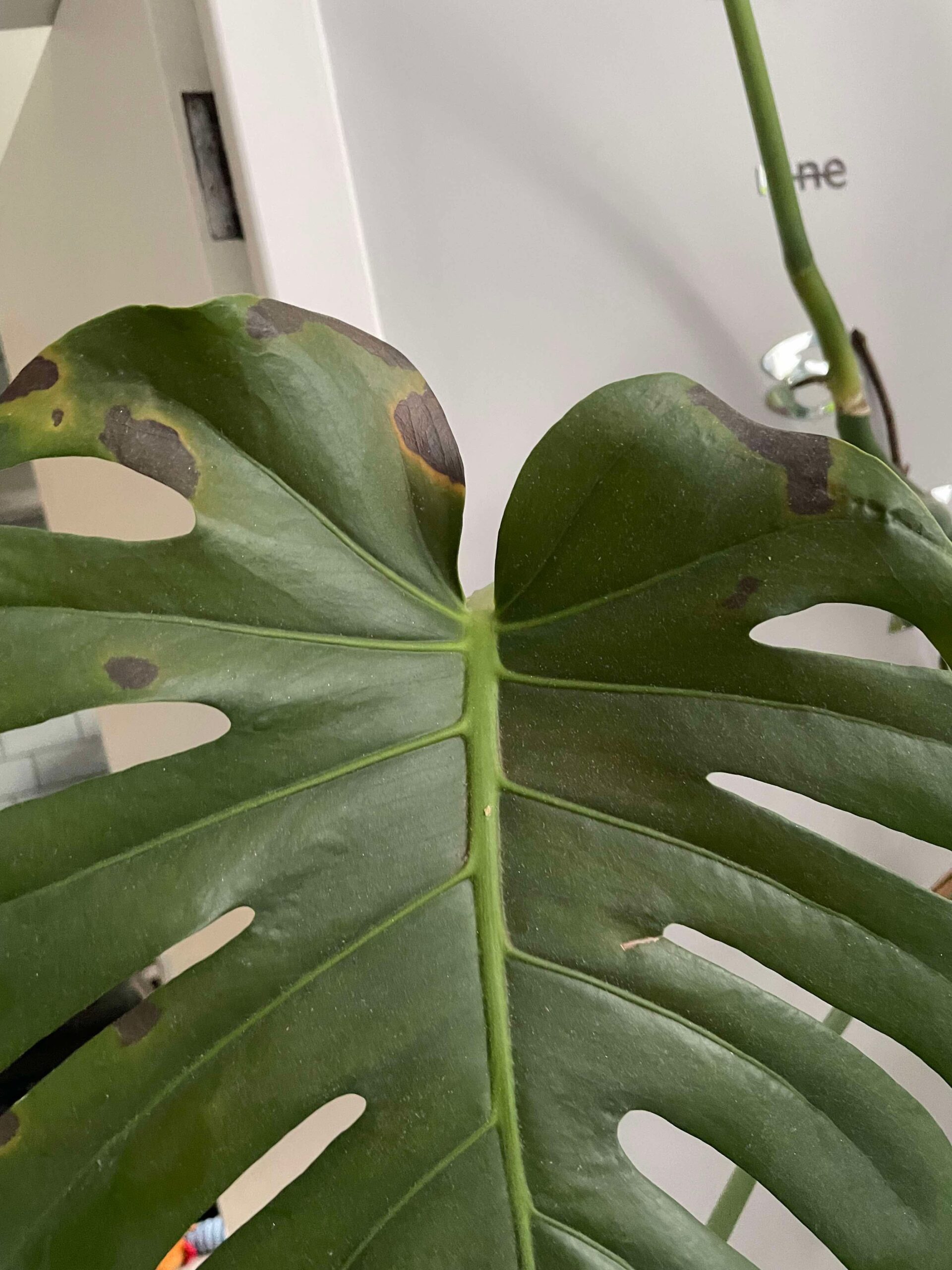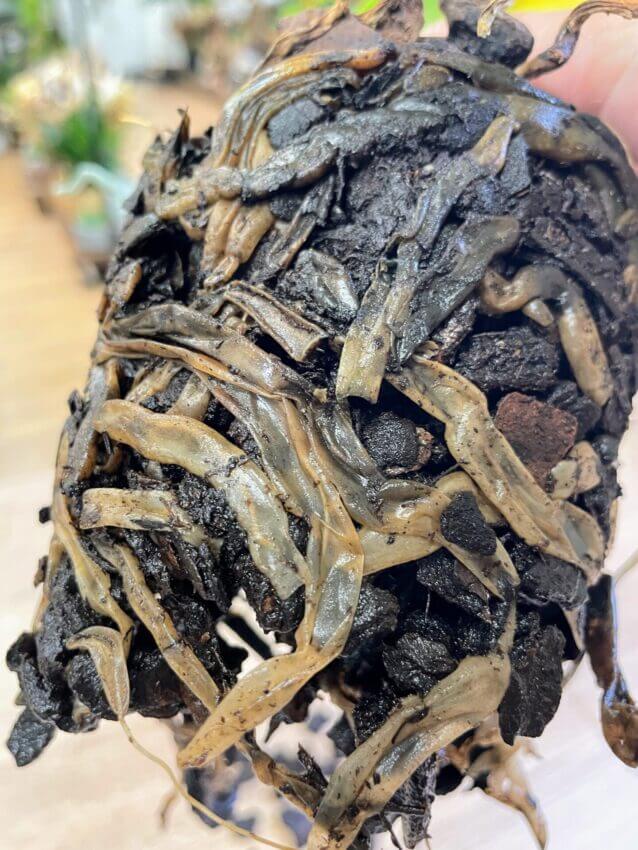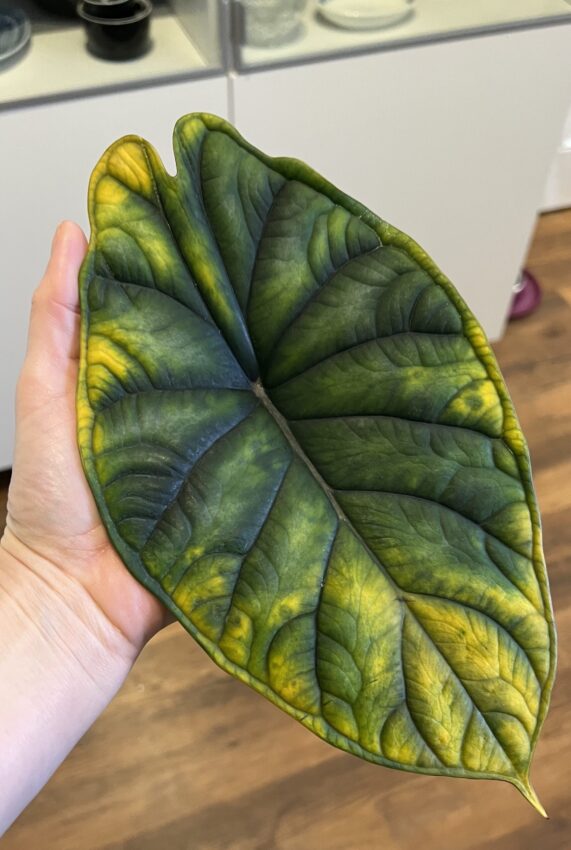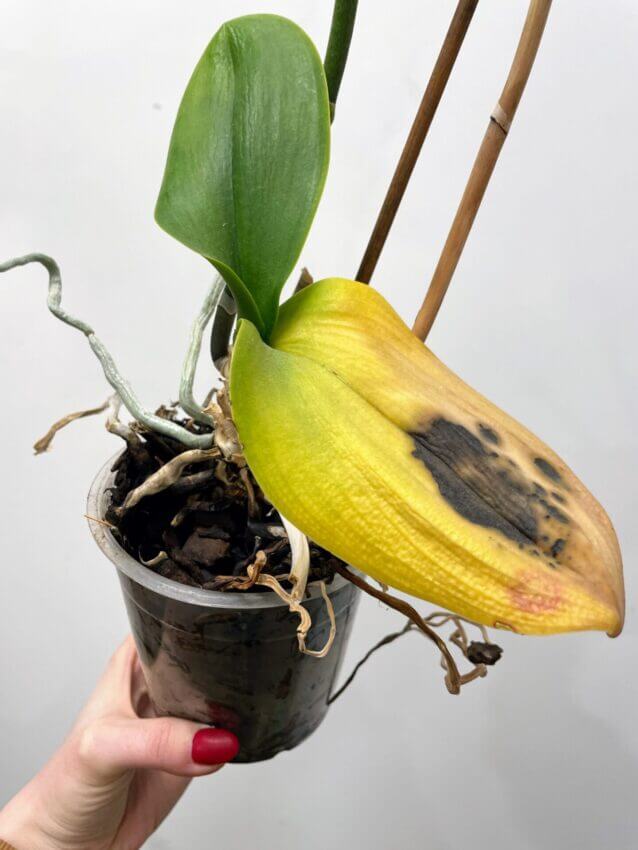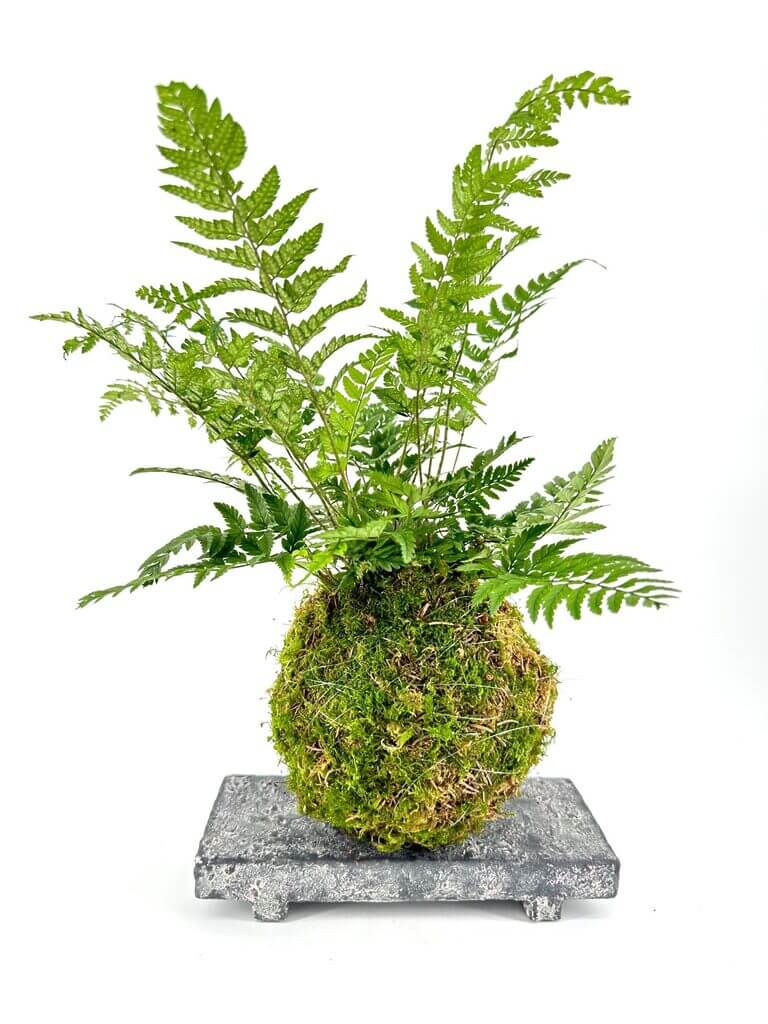Essential Spring Care for Your Indoor Plants
Spring is finally here, and your indoor plants are waking up from their winter slumber. This seasonal change means it’s time to adjust your plant care routine to ensure they thrive during these brighter, warmer months. Here are essential spring care tips for your indoor plants to keep them healthy and vibrant.
Spring is also the perfect time to introduce new plants into your collection.
Adjust Your Watering Routin
As the days gradually get longer and temperatures begin to rise, you’ll likely notice your houseplants waking up from their winter rest. With more light and warmth, their growth naturally speeds up—and that means their water needs will change too. Unlike the slower pace of winter, spring brings a fresh burst of energy, and your plants will start using up moisture more quickly.
Start by gently increasing how often you water, but don’t rush into a full summer routine just yet. It’s best to check the soil regularly—especially the top inch—to get a feel for when your plant is ready for another drink. A good rule of thumb is to water thoroughly when it’s needed, letting the excess water drain out completely so the roots aren’t sitting in soggy soil. This helps prevent issues like root rot.
That said, don’t stress too much if the soil stays a little moist for longer than expected, especially early in the season. Spring weather can be unpredictable—one day you might get a burst of sunshine and warmth that encourages your plant to drink up quickly, and the next, a cool, rainy spell could slow things down again. It’s all about adjusting as you go, keeping an eye on both your plant’s condition and your local climate. Let your plant and the weather guide you, and you’ll find the right rhythm in no time.
Watch Out for Too Much Sunlight
During the darker months, many houseplants really enjoy being tucked up on a sunny windowsill where they can soak up every bit of available light. But as spring rolls in, that gentle winter sun can quickly turn intense—especially around midday—and it might be a bit too much for some of your more delicate indoor plants.
Keep an eye out for early signs of sun stress, like crispy leaf edges or leaves that seem faded or bleached. If you notice these, it might be time to shift your plant slightly back from the window or hang up a sheer curtain to soften the light. This simple change can help prevent sun damage while still letting your plant enjoy those longer, brighter days.
Be especially cautious with shade-loving plants like Maranta, Calathea, or ferns. While they might have been perfectly happy on a south-facing windowsill in winter, leaving them there as the sun gets stronger—especially during a warm spell—can lead to a bit of a disaster. If you’re heading off for the weekend or taking a spring holiday, it’s a good idea to move sun-sensitive plants away from direct light before you go. That way, you won’t come home to find the soil bone dry and your beautiful Boston fern or Calathea ornata looking more like a scorched biscuit than a lush houseplant.
Start Using Organic Plant Food
Spring growth requires additional nutrients, making it an ideal time to introduce plant food. We recommend using organic plant food, as it provides essential nutrients without harmful chemicals. You can find high-quality organic plant food in our shop here.
Monitor for Pests
Spring is prime time for pests like aphids, spider mites, and fungus gnats to emerge. Regularly inspect your plants, especially the undersides of leaves and stems. Early detection helps control infestations effectively. If pests appear, address the issue promptly using natural remedies such as neem oil or eco-friendly pest sprays available from our shop. For more detailed pest control advice, visit our comprehensive guide here.
Check If Your Plant Needs Repotting
Spring is an ideal time to evaluate whether your plant needs repotting. Look out for signs such as roots protruding from drainage holes, slow growth, or the plant drying out unusually fast. Repotting provides fresh nutrients and more space for roots to expand, promoting healthier growth. We recommend using our premium handmade soil, specially designed for different plant species, available here. Learn more about signs your plants need repotting here.
Propagation Time
At Highland Moss, we propagate plants all year round with great success—but if your home is on the cooler side or you don’t use a grow light, you might find the process takes a little longer during the colder months. That said, spring is a fantastic time to get propagating. As the days warm up and light levels increase, your plants naturally enter a more active growth phase, which gives cuttings the perfect environment to root and thrive.
Whether you’re using cuttings, division, or another method, propagation is a brilliant way to refresh your plants, rescue leggy growth, or simply grow your collection. You might even find yourself with propagation material by accident—like when you’re trimming back an overgrown Monstera or untangling a trailing pothos. Before you toss anything in the bin, take a quick look—it might just be the perfect cutting waiting for a second chance.
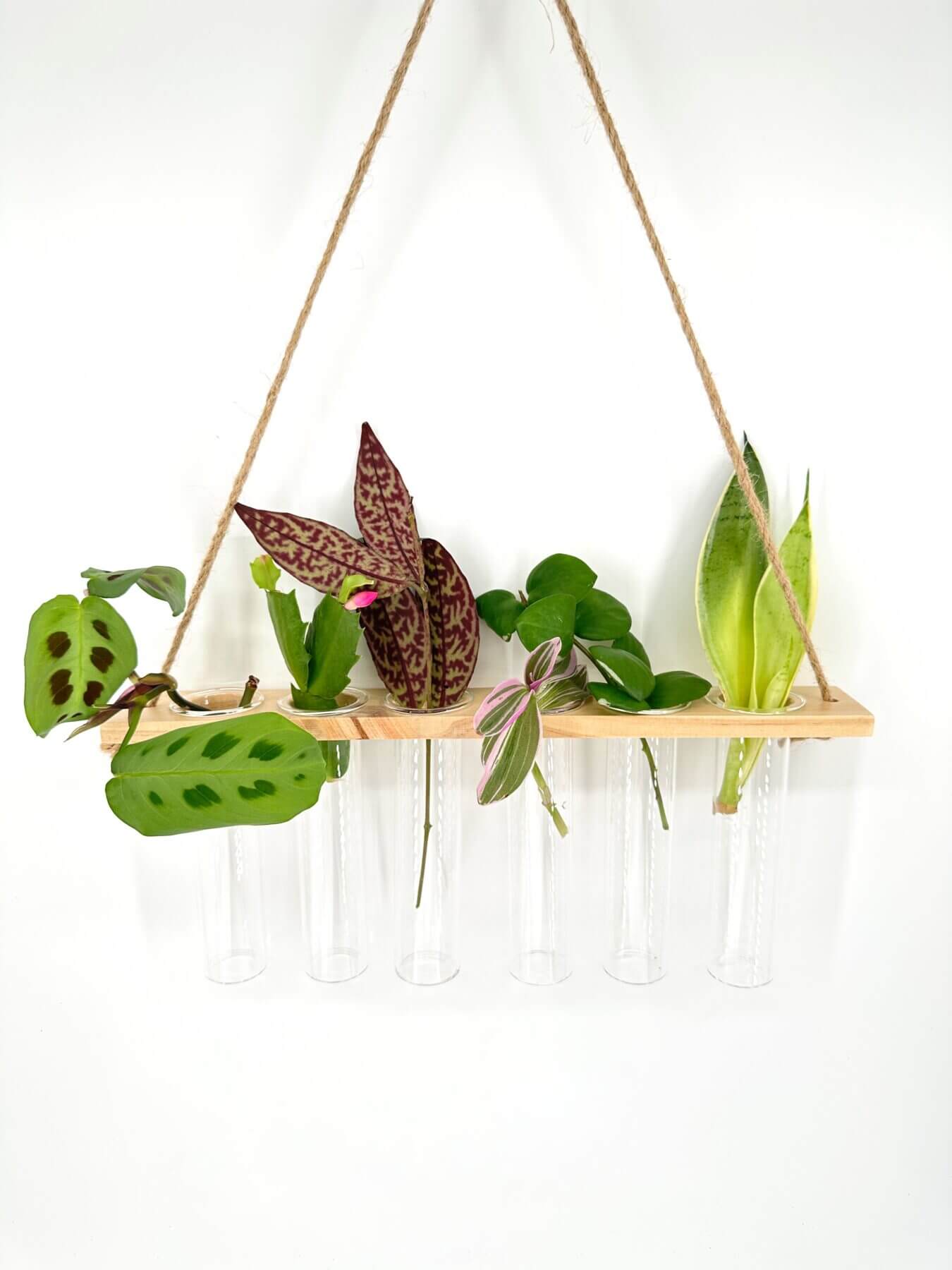
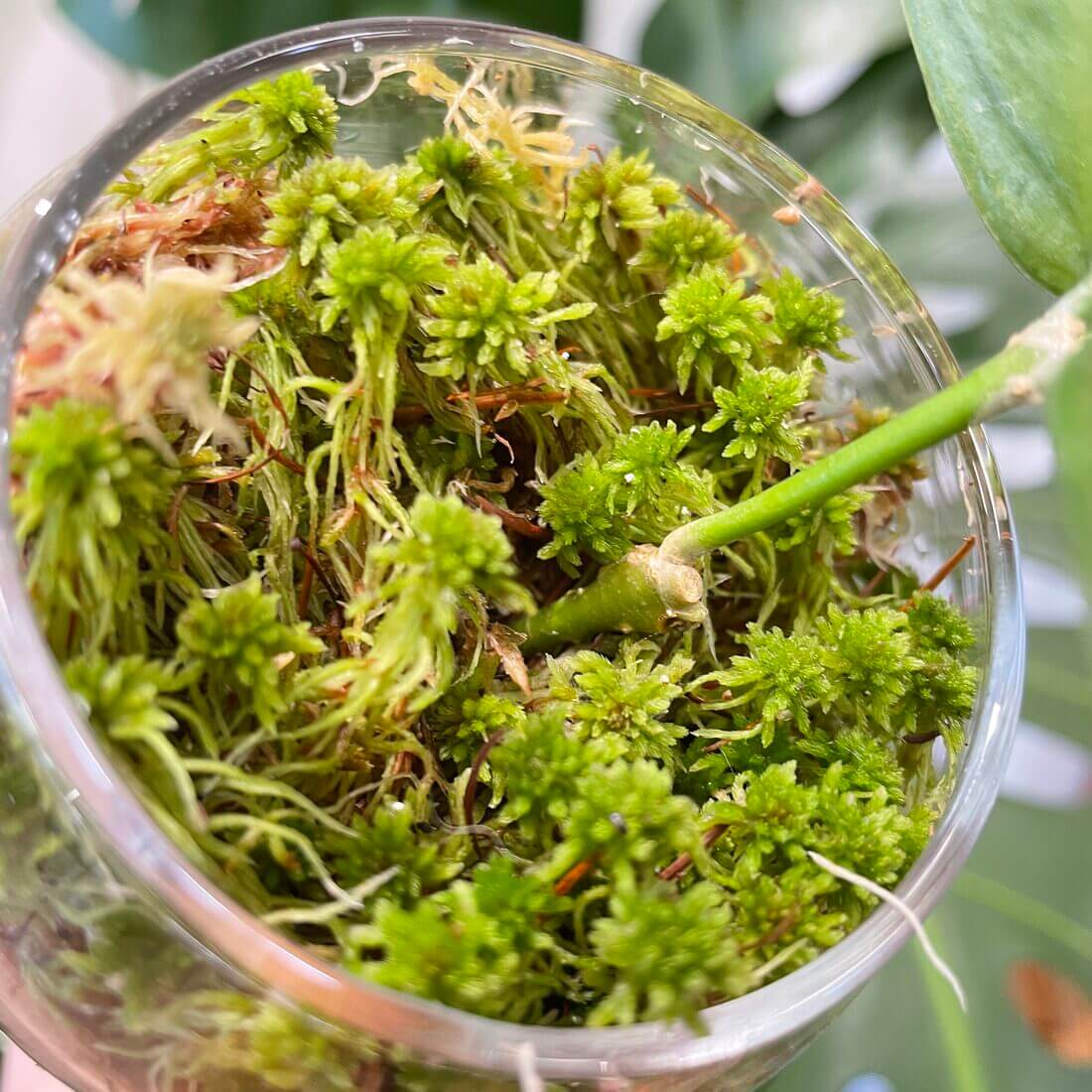
Additional Handy Spring Care Tips:
- Dust Off Leaves: Clean your plant’s leaves with a damp cloth to remove winter dust, helping them photosynthesise efficiently.
- Increase Humidity: Spring warmth can dry indoor air, so consider misting plants or placing humidifiers nearby, especially for tropical species.
- Rotate Regularly: Rotate your plants weekly to encourage even growth and prevent them from leaning toward the light.
Conclusion
Embrace spring with refreshed plant care practices to keep your indoor garden thriving. Remember, every plant from Highland Moss comes with a QR code for detailed care guides, and our Moss Bot provides 24/7 support to help your plants flourish all season long.



